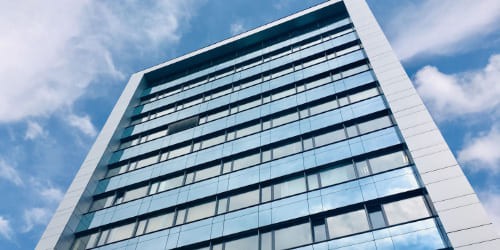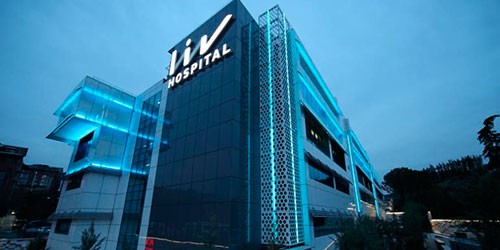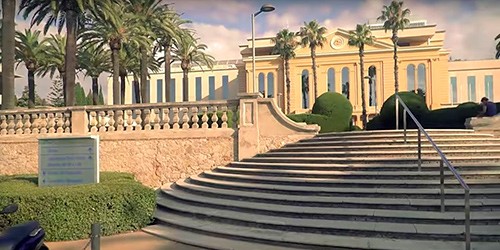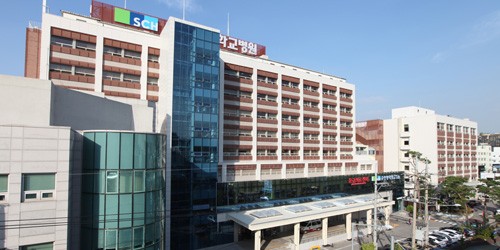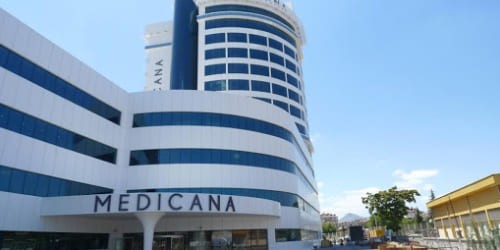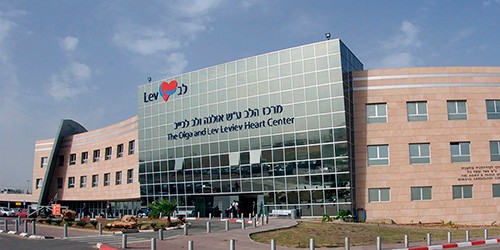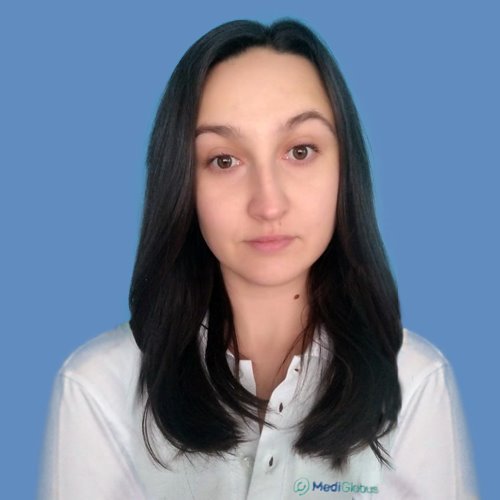1. What is cell therapy? |
2. Stem cell rehabilitation after a stroke |
3. Predictions of success with stem cell therapy |
4. Leading clinics |
Stroke is an acute disorder of the cerebral circulation that causes neurological symptoms and can lead to disability or death. It is the third leading mortality cause after cardiac disease and cancer. The consequences of a stroke in patients can be extremely severe. To mitigate or eliminate them, patients require comprehensive and long-term rehabilitation. Stem cell therapy can be an effective component of stroke recovery. Read more about how and where this method is used and how effective it is in our article
Listen to the article:
What is stem cell therapy?
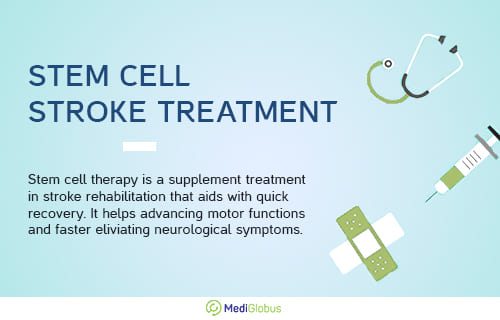
Stem cells are immature cells from which all tissues of the body are formed. Their main function is to grow and regenerate themselves. They are a kind of “building material” of a body. Stem cells divide, clone themselves and develop into vital structures. They can be obtained from bone marrow, umbilical cord blood, fat, etc.
With age, the concentration of these cells in the body decreases, which is related to the ageing process. This is why the elderly recover more slowly than children. They need about a month or even longer to heal fractures. For a child, this period does not exceed a couple of weeks.
Stem cells have been in use since 1969. Initially, they were used to fight leukaemia. Over time, the list of diseases that can be treated or controlled by this method has grown. It is used in cardiovascular surgery, orthopaedics, neurology and other fields of medicine.
Stem cell-based stroke therapy is promising because of its high potential in the field of neurorecovery. It aims to stimulate neurogenesis – replacing or repairing damaged neural connections in the brain. Such treatment speeds up neurological rehabilitation and helps the body to regain its lost functions.
To find out more about stroke rehabilitation using cellular therapy, click on the button below and fill in the feedback form. We will answer all your medical questions and help you organise your treatment abroad.
How does stroke rehabilitation with cell therapy work?
Bone marrow stem cells (BMSC) and mesenchymal stem cells (MSCs) derived from adipose tissue, umbilical cord blood, placenta, etc. are used for rehabilitation after this pathology. They promote the formation of new neurons and reduce neuroinflammation. Doctors use both patient and donor material.
Stem cells can be administered to a stroke patient in several ways: intravenously, intra-arterially, intrathecally and intracerebrally.
Intravenous drug administration | The procedure resembles a blood transfusion. The patient receives the stem cells through a central catheter placed in a large vein. The duration of this procedure depends on the severity of the neurological disorders and the amount of cellular material needed. It usually takes from thirty minutes to an hour. |
Intra-arterial injection of cells | This involves delivering stem cells to the damaged areas of the brain via a catheter connected to an artery. This option is more effective because it prevents the stem cells from reaching the liver and lungs, which can happen with the intravenous route of delivery. |
Intrathecal injection | The intrathecal injection has the unique ability to allow stem cells to migrate directly to the lesion site in stroke patients and affect the central nervous system. The drug is injected into the spinal canal. A lumbar puncture is required before this manipulation. This is to remove a small amount of cerebrospinal fluid and then replace it with a cellular ‘concentrate’. The procedure lasts about 30 minutes. After the procedure, the patient needs to stay in a horizontal position for 4-6 hours. |
Intracerebral injection | Compared to the peripheral route of drug delivery, this manipulation requires an invasive procedure. It involves the direct implantation of stem cells into the damaged areas of the brain using special neuronavigation systems and microsurgical instruments. |
Intravenous and intra-arterial routes of stem cell delivery to the damaged areas of the brain are among the optimal and most appropriate. However, the safest and most effective way of administering stem cells for stroke rehabilitation should be determined based on the individual patient’s characteristics, condition and degree of neurological deficit.
Is it possible to make a full recovery from a stroke with stem cells?
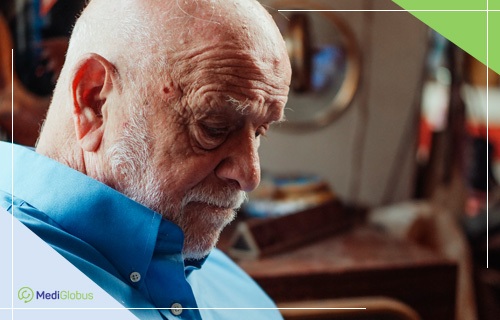
A quick recovery from a stroke is only possible if several factors are present: prompt first aid and treatment, moderate severity of the pathology, and comprehensive rehabilitation using modern techniques.
The optimum time for the administration of stem cells is between 36 and 72 hours after a stroke. However, even up to six months later or more, this therapy will still bear positive effects.
Stem cells help create new or revive intact neural connections in the brain. They also have immunomodulatory properties that can reduce post-stroke inflammation and potentially improve recovery. Patients can regain motor function more quickly after the application of stem cells.
Intravenous injection of allogeneic mesenchymal stem cells is a safe and effective treatment option for long-term recovery from stroke. This is confirmed by the results of a study conducted by the University of California. Patients who suffered an ischaemic stroke more than six months ago showed a significant improvement in motor function after a course of cell therapy.
According to a study conducted by Stanford University School of Medicine, stem cell transplantation has shown signs of improved sensorimotor function in stroke patients. The patients were approximately 3-6 months from the time of acute circulatory failure. Stem cells were injected directly into the bone marrow. The average age of the patients was 61 years.
Patients showed an average increase of 11.4 on the Fugl-Meyer Assessment, a stroke-specific test of sensorimotor impairment. Results remained stable or even improved for several years after the treatment. This study has made a huge impact in proving that cell therapy can effectively combat the effects of stroke.
Where can I get stem cell rehabilitation after a stroke?
Stem cell therapy can be used to rehabilitate patients after stroke in specialised centres or high-profile clinics in Turkey, Spain, the Czech Republic, Israel, South Korea and other countries with developed medicine. Such institutions include:
Summary
A stroke is an acute disorder of the cerebral circulation that causes brain cells to die or become damaged. This causes neurological deficits. Approximately 25% of patients recover from a stroke but have a mild impairment, while more than 40% experience moderate or severe impairment.
Long and comprehensive rehabilitation is needed to maximise recovery from stroke.
In addition to medication and other stroke rehabilitation methods, stem cell therapy is used abroad to help patients recover as quickly as possible. The therapy improves motor function as well as other neurological conditions and symptoms more quickly.
The extent to which the cognitive and other functions of the body can be fully recovered by stem cell therapy depends on many variables, including the speed of medical attention, the severity of the disease and the quality and extent of rehabilitation.
For cell therapy treatment and rehabilitation after a stroke abroad, patients choose such clinics as Cellthera, Liv, Teknon, SoonChunHyang, Medicana, and Sheba.
For treatment and rehabilitation abroad after a stroke, please contact the medical coordinators of the international medical platform Mediglobus. We will help you to choose the most suitable clinic and competent doctor for your needs.
Sources:
- National Library of Medicine
- American Stroke Association
- The National Center for Biotechnology Information
- Medical News Today
- The Lancet Neurology
- The National Center for Biotechnology Information
- National Library of Medicine




